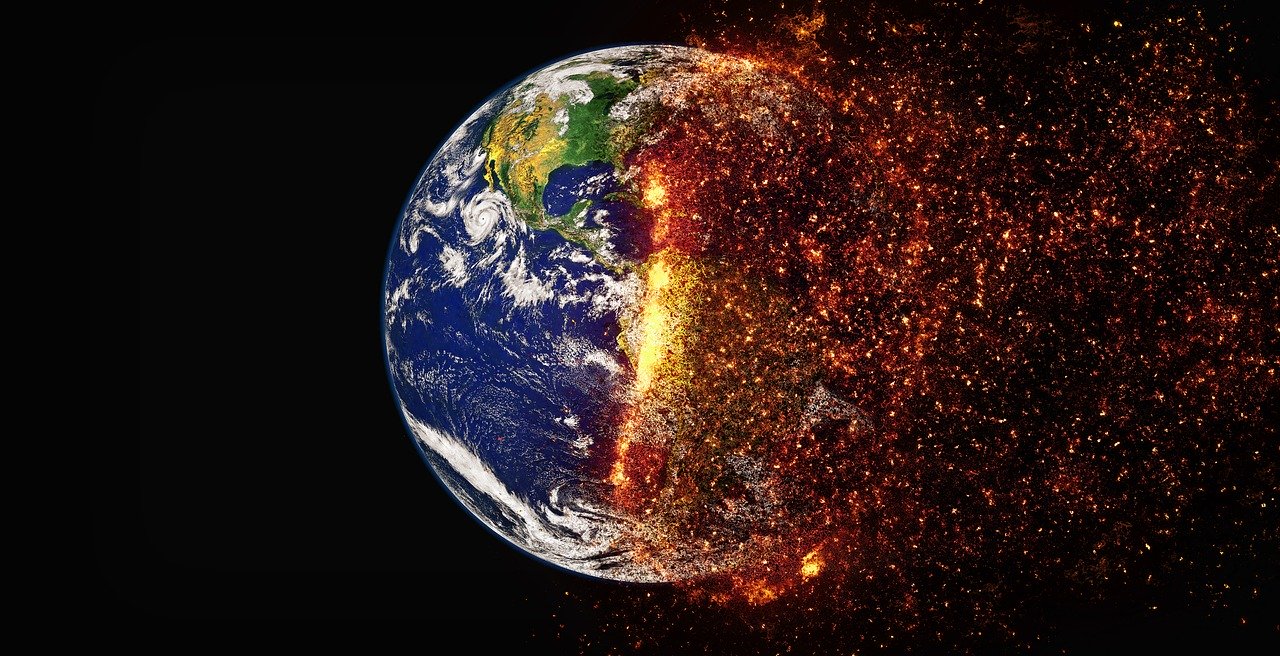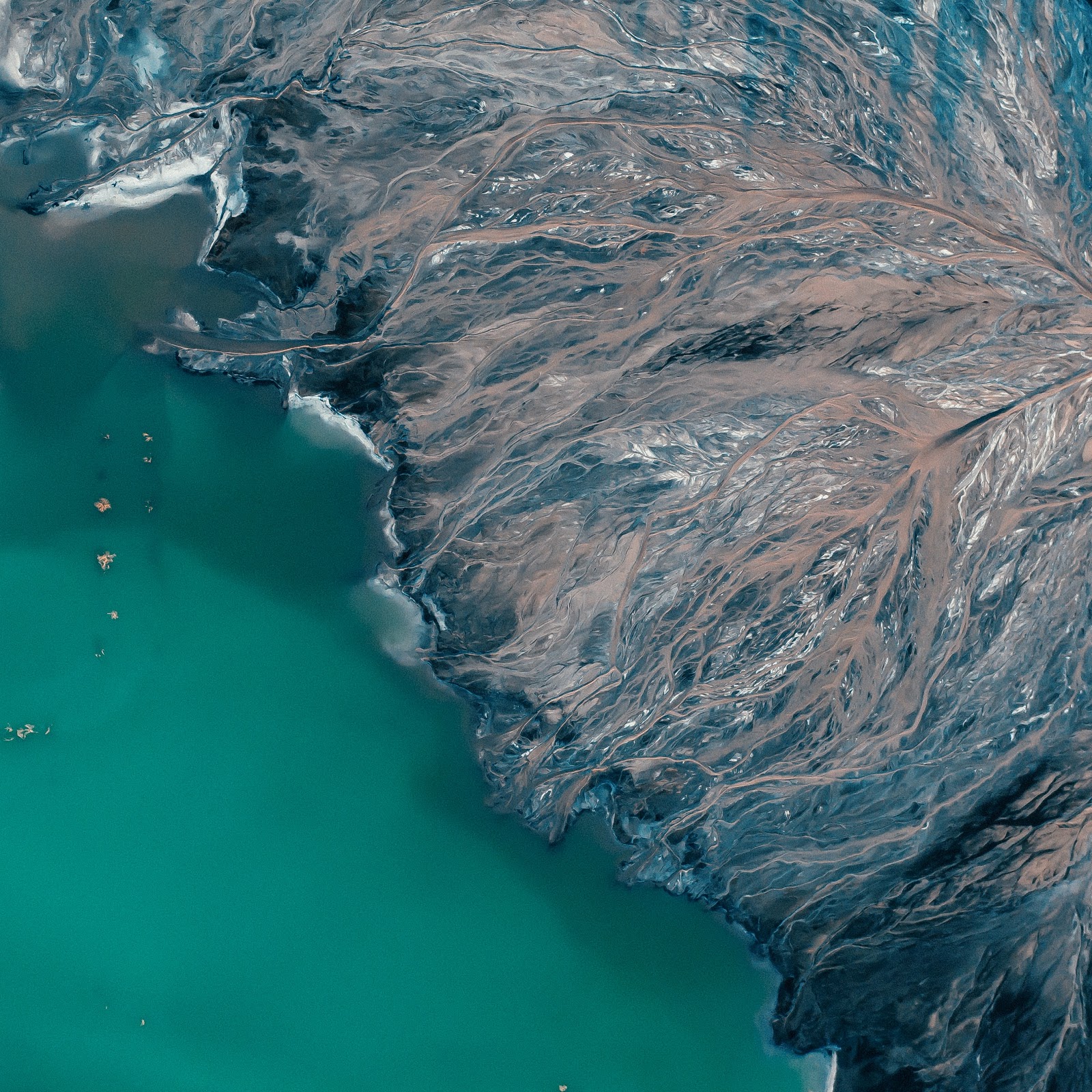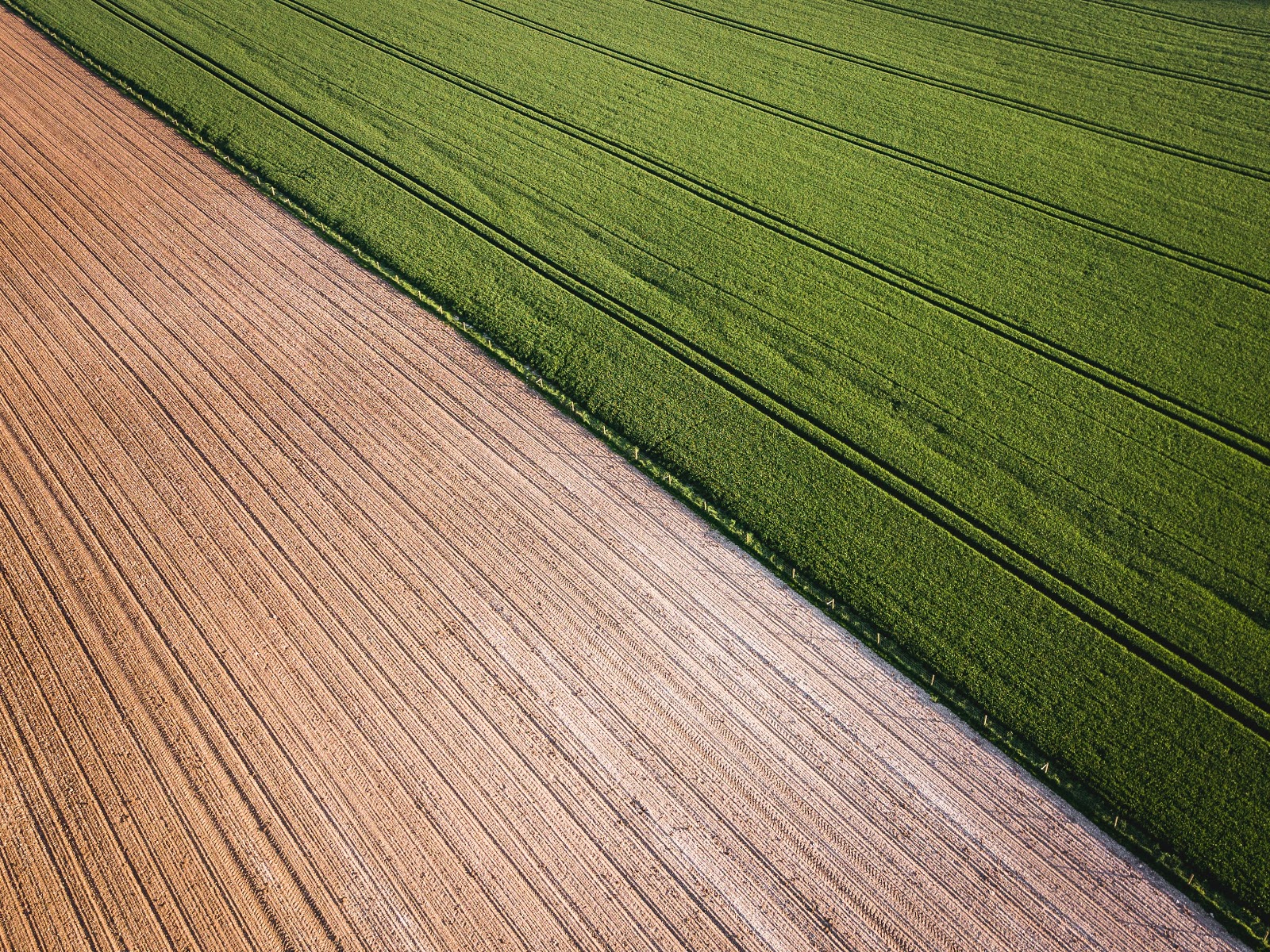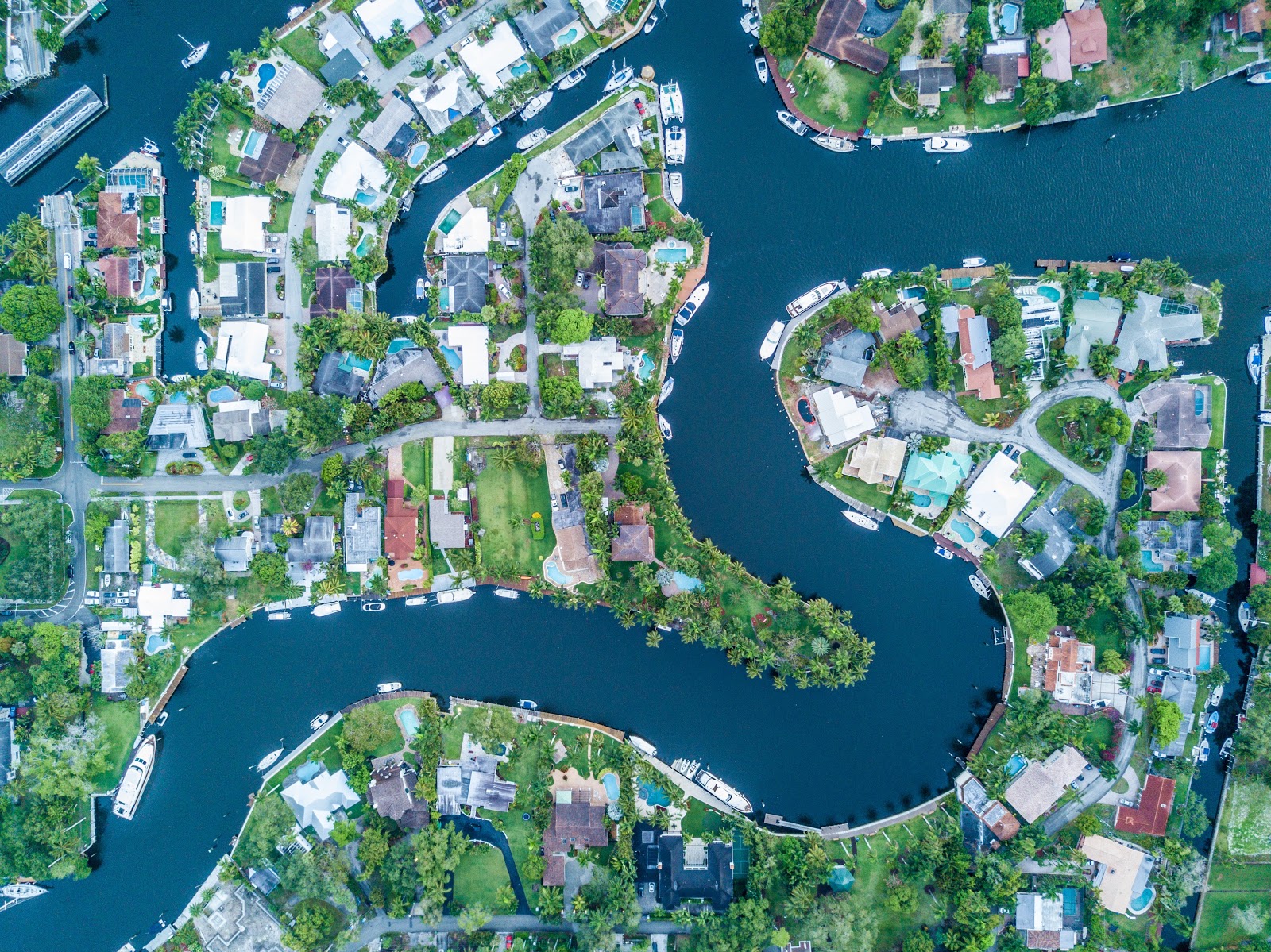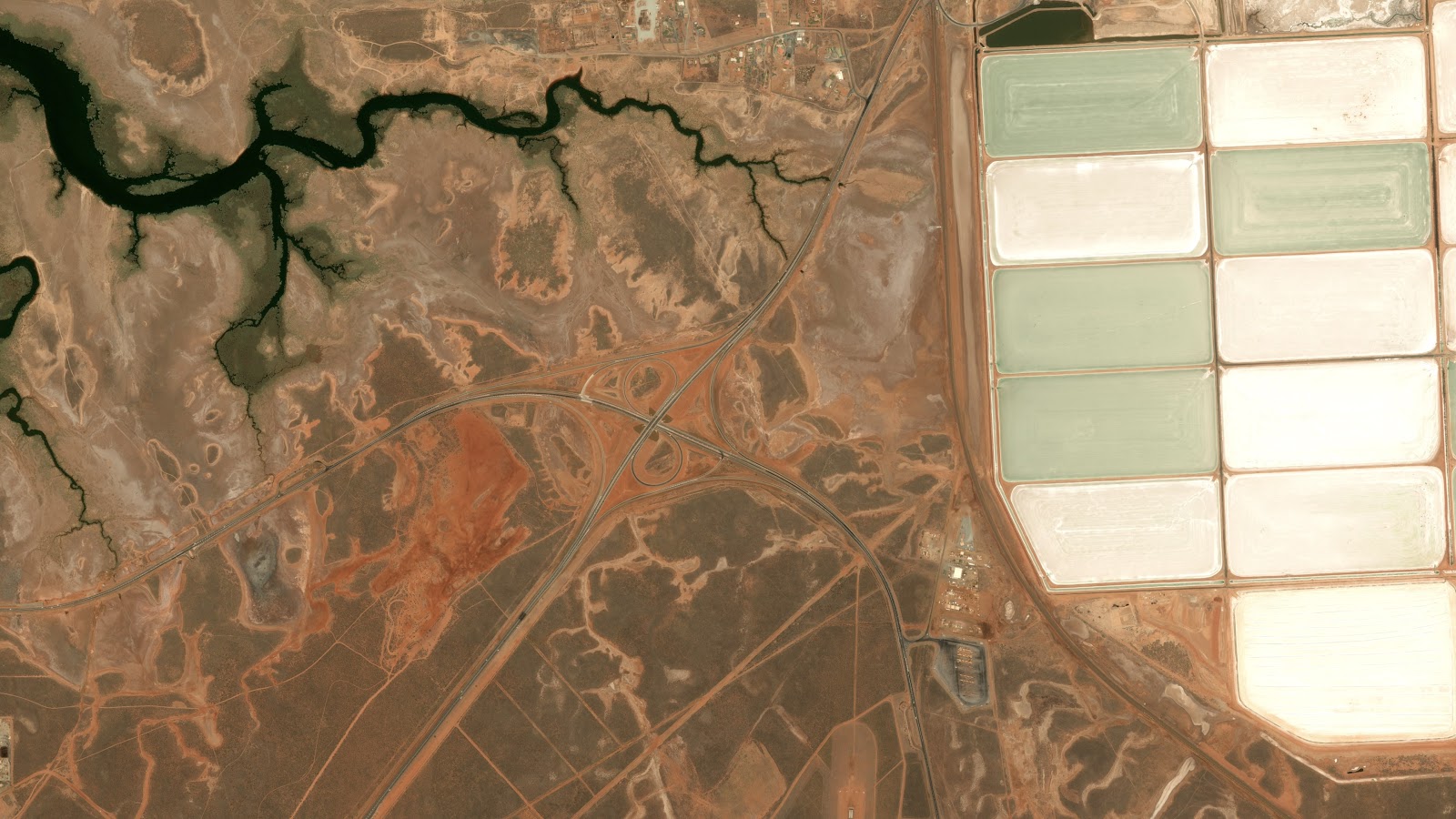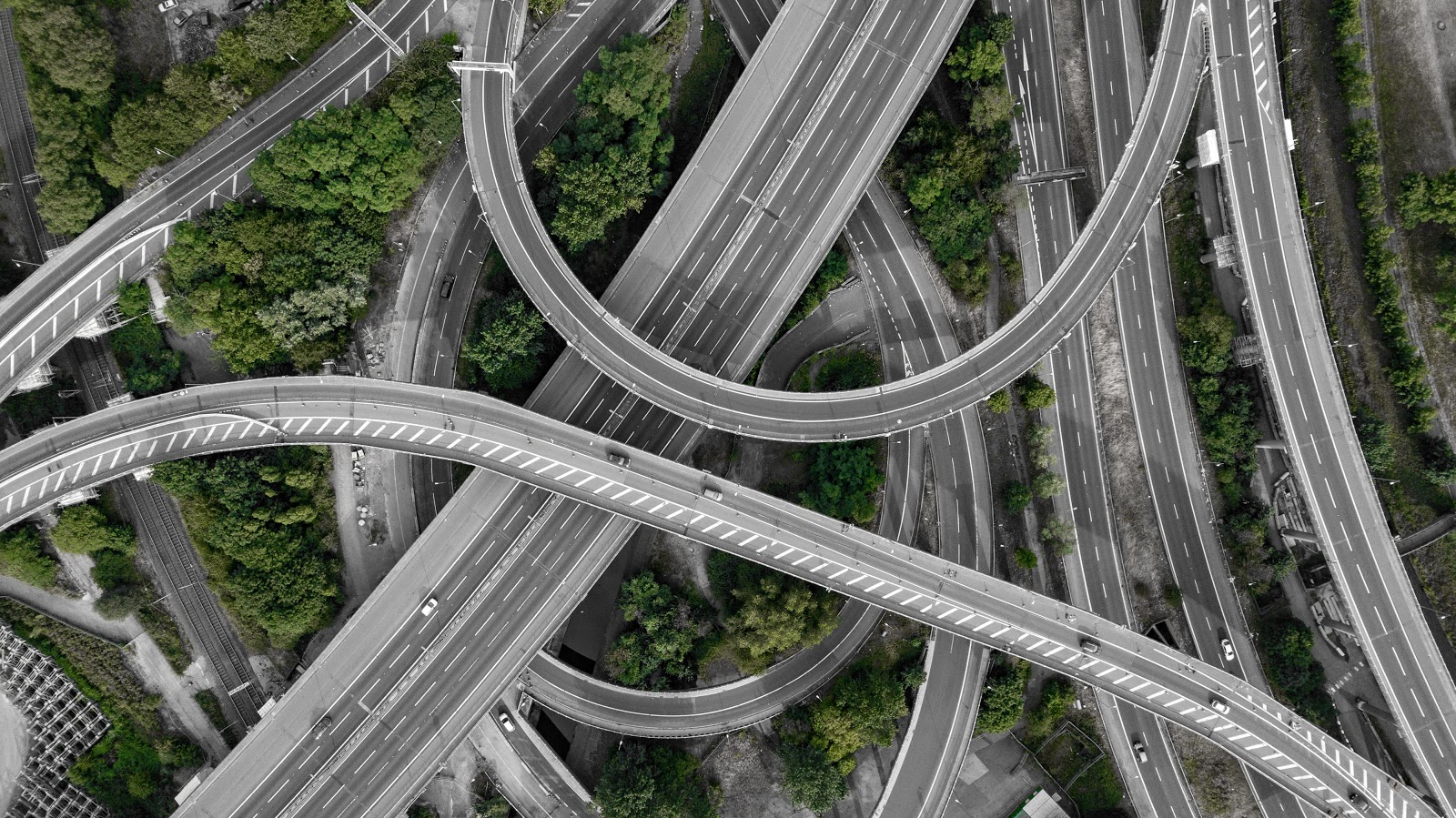Geodata for Financial Institutions (Part 1/2)
There is a lot of geodata publicly available. The Copernicus programme, for example, hosts 6 families of satellites (Sentinel 1 – 6) consisting of 30 operational earth observation satellites daily collecting images of the Earth. The current archive is already at several Petabytes and growing. One of the biggest challenges startups and scaleups are facing right now is how to add value to this geodata turning it into economically viable solutions, with remote sensing data being the center of focus. How to make satellite data based products that add value to traditional markets which originally have a very low awareness of geodata? How to break away from the proven geodata markets driven by GPS and tracking mobile data? These are questions many geospatial companies ponder upon nowadays.
Towards zero deforestation with geodata
This is one of the reasons why we founded Satelligence. We wanted to stop deforestation by making satellite data based products for stakeholders in commodity production value chains. Before Satelligence, organisations relied on out of date, low accuracy or incomplete deforestation data. Either because of cloud cover hampering optical satellite observations. Or because of a lack of capacity to cover all tropical forests. These products enable them to act upon illegal deforestation events happening right now, be proactive in engaging supply chain stakeholders linked to illegal deforestation, and ensure future yields by monitoring crop performance.
We developed a solution for stakeholders in commodity value chains through a lot of trial and error. We started with 3 people in a single room outputting geotiffs to a single client. In 18 months we grew to a team of 18 people, including out-of-comfort-zone positions like marketing, sales and business development. The geotiffs became a pdf bulletin. The bulletin became an online platform serving 60% of the global palm oil supply chain. We expect to cover 80% of global palm oil production by the end of 2020. While building our solution, Smart Forest & Commodity Analytics (SFCA), we learned two things:
- It’s not only a successful product in itself, it’s also the basis for our product development. Since product launch in 2018 we are constantly extending the app with features like Historical Trend Analysis, Supply Chain Analysis, Automated proactive Grievance Response and, our latest effort, Carbon Stock Accounting (is the total amount of biomass in my investment area increasing or decreasing? keep an eye on our socials for updates);
- During the development of the product we distilled our own way of product development: Story Based Development.
We used what we like to call ‘the story-based development’ method to develop a new product for a traditional market: Financial Institutions.
Why Financial Institutions?
At Satelligence we are accustomed to dealing with stakeholders from soft commodity supply chains: producers, processors, traders, manufacturers and retailers. But all these stakeholders have something in common: they are all directly involved with Financial Institutions through loans and / or shareholdership.
critical investors are the new Greenpeace.
Second, there is a trend, also among Financial Institutions, towards Environmental, social and corporate governance (ESG) and sustainability investing or financing. If your organisation doesn’t have a public sustainability policy, you are not eligible for financing; if your organisation is linked to unsustainable practices like illegal deforestation, your shareholder composition will dramatically change and you can potentially lose millions of dollars of stock market value , investors will take their hands off you. You could state that critical investors are the new Greenpeace.
Therefore, Financial Institutions are a very attractive market for geospatial companies. The problem is: that sector doesn’t understand geospatial and we don’t understand theirs. If, for example, you show maps to FI people, they think they are on holiday because that is the only time they use maps. What we learned is to convert map data into graphs and tabular overviews. That is a format they are used to and makes the information actionable for them.
We closed that gap by applying our story based development method. A new type of product emerged. To understand how we got there, first you have to understand the types of FI’s and how they make money.
That is the topic of the next blog in this series: Geodata for Financial Institutions 2.
Did you like the article? Read more and subscribe to our monthly newsletter!








